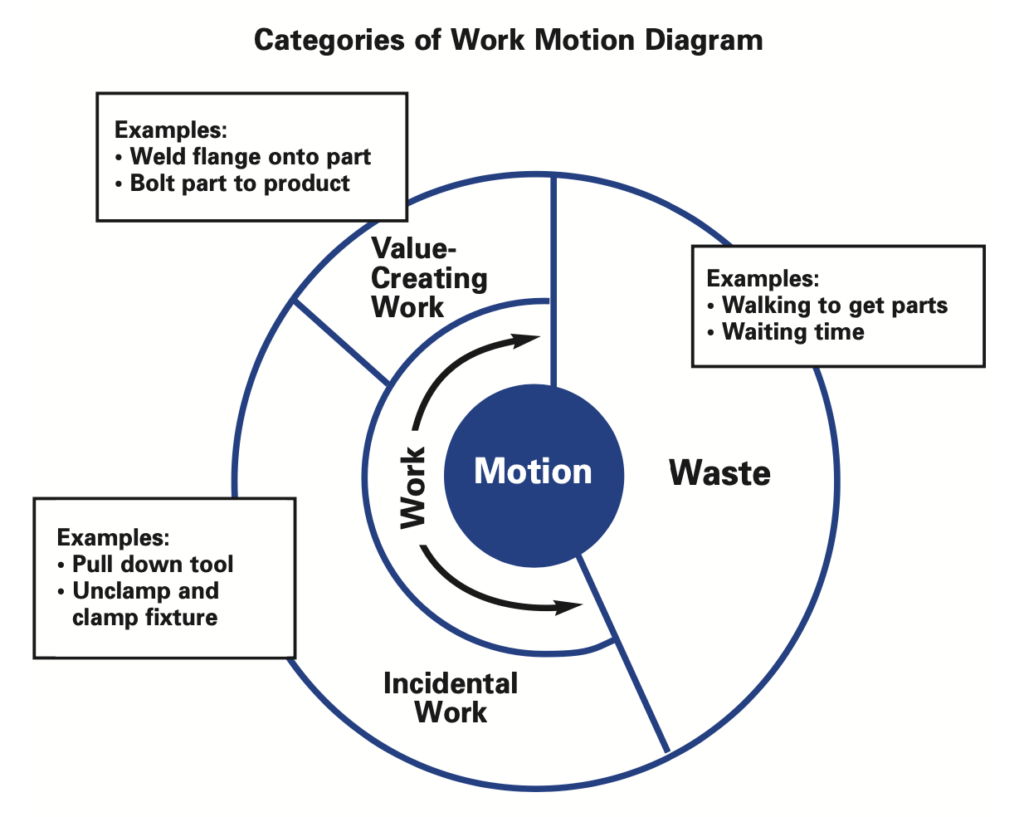They need to "make the machines, which make the machines which makes the machine" - hard to copy - bullish.
Hard to determine the right thread to speculate on this topic, but I chose this one...
We can describe "unboxed Gen3 as follows....
The car is built in separate sections in particular the "skateboard" rear casting, structural battery pack and front casting.. parts are added to each of these sections with good operator density as shown on investor day.
For this (section building) phase Operator could be:-
- A Human.
- An Optimus Robot.
- A generic Tesla machine, perhaps using arms similar to Optimus arms.
Less likely options are:-
- A conventional (KUKA) Robot
- Station specific manufacturing equipment, designed and built by Tesla.
This (section building) consists mainly of task humans previously did in GA, materials many be fragile and there are lots of steps.
The additional sections are the sides and possibly the roof, it seems likely that these can be built via fairly traditional "body shop robots". The roof could be a casting , or stamped panels, if may be joined to the sides before being joined to "skateboard" in the "assembly" process.
Assembly - joining the skateboard and sides,,, this could be a highly specific machine built by Tesla perhaps incorporating some conventional robots and some equipment using Optimus robots arms.
Cladding - adding painted panels to the vehicle body formed in assembly - if conventional robots are used we need to ensure they can not dent or scratch the panels. This is likely to be a highly specific machine built by Tesla.
For the Gen3 process, Assembly and Cladding could be the steps that determine the factory run rate. Good solutions are required and this equipment will be needed in al Gen3 factories.... it meets the definition of "hard to copy"...
For the skateboard sections these need to arrive at assembly process fast enough to keep up with the required run rate, at the assembly station, components for at least 4 separate lines need to merge... The roof and sides may come in via traditional line, but IMO skateboard sections could travel on carts, perhaps the sides will also travel on carts... So perhaps these cars "dock' as part of the assembly process.
The fact that skateboard sections need to arrive a final assembly on carts, then raises the question of how long they spend on the carts. I can see a model where carts visit various line stations in turn collecting parts,. This may be "grab and go" with assembly being done elsewhere.... So the line is line of carts and in the event of failure/rework, a cart simply drops out of the normal line.
For Optimus itself, I don't consider the hardware "hard to copy" but the software and the rate of learning may be hard to replicate. Any robot based on Optimus like arms and vision should inherit these attributes.
I don't know what Tesla has in mind, but I would consider attaching detachable Optimus arms to the carts, instead of using Optimus robots.
The advantages compared to Optimus are:-
- Firm heavy base, movement or arm should not induce motion or vibrations.
- No problem with balance, falls or movement in unexpected directions..
- Work while in motion should be possible,
- Relative coordinates of the skateboard section should be fairly fixed, with vision and touch adding granularity.
The advantages compared to heavy industrial robots are mainly:-
- Cost,
- Vision and touch.
- Speed/ease of training
- Gradual phase in...
- Adaptable to flexible "cart line" process.
- Can be made safe for humans working in close proximity. (padding, dock-button, etc)
I am sure there are trade-offs and what I am imagining might not be what Tesla intends to do.



